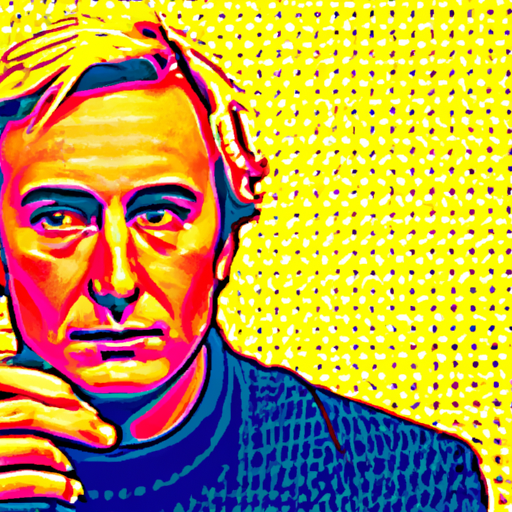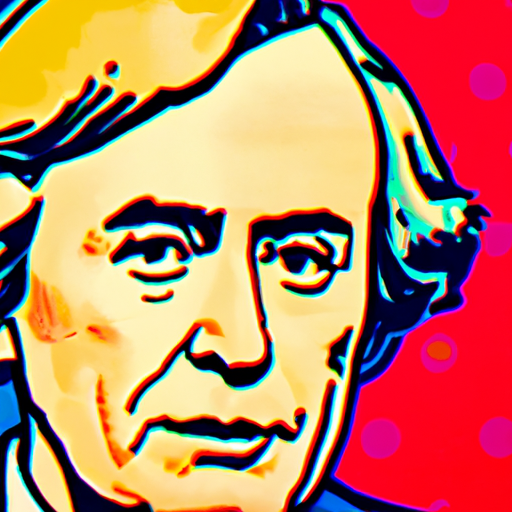
-
Table of Contents
The Power of Illustration in Political Campaigns

Political campaigns are a battleground of ideas, where candidates strive to capture the attention and support of voters. In this digital age, where information overload is a constant challenge, the power of illustration in political campaigns cannot be underestimated. Illustrations have the ability to convey complex messages, evoke emotions, and leave a lasting impact on the minds of voters. In this article, we will explore the various ways in which illustrations are used in political campaigns and the reasons behind their effectiveness.
1. Visual Appeal and Memorable Messaging
One of the primary reasons illustrations are so powerful in political campaigns is their visual appeal. Humans are naturally drawn to images, and illustrations have the ability to capture attention in a way that text alone cannot. By using vibrant colors, bold lines, and creative designs, illustrations can create a visual impact that is hard to ignore.
Moreover, illustrations have the power to simplify complex ideas and make them more accessible to a wider audience. Political campaigns often deal with intricate policy proposals and nuanced arguments, which can be difficult to communicate effectively. Illustrations, however, can distill these ideas into simple and memorable visuals that resonate with voters.
For example, during the 2008 U.S. presidential campaign, then-candidate Barack Obama’s iconic “Hope” poster by artist Shepard Fairey became a symbol of his campaign. The simple yet powerful illustration of Obama’s face with the word “Hope” underneath conveyed a message of optimism and change, resonating with voters across the country.
2. Emotional Connection and Empathy
Illustrations have a unique ability to evoke emotions and create a sense of empathy among viewers. By using visual cues, such as facial expressions, body language, and symbolism, illustrations can tap into the emotions of voters and create a connection between the candidate and the audience.
Studies have shown that emotions play a significant role in decision-making, including political choices. When voters feel emotionally connected to a candidate, they are more likely to support them and engage with their campaign. Illustrations can be a powerful tool in fostering this emotional connection.
For instance, during the 2016 U.S. presidential campaign, Hillary Clinton’s campaign used illustrations to highlight her commitment to women’s rights. The “I’m With Her” illustration, featuring a silhouette of Clinton with her arm raised, became a symbol of solidarity and empowerment for many women voters.
3. Memes and Viral Marketing
In today’s digital age, social media plays a crucial role in political campaigns. Illustrations, particularly in the form of memes, have become a popular tool for candidates to engage with younger voters and spread their message virally.
Memes are humorous or satirical images that are widely shared on social media platforms. They often incorporate illustrations and catchy slogans to convey a political message in a lighthearted and relatable way. Memes have the potential to go viral, reaching millions of people and generating significant buzz around a candidate or issue.
During the 2020 U.S. presidential campaign, memes featuring illustrations of Bernie Sanders wearing mittens at President Joe Biden’s inauguration became a viral sensation. These illustrations were shared across social media platforms, creating a sense of camaraderie among Sanders’ supporters and generating widespread attention for his campaign.
4. Cultural and Symbolic Significance
Illustrations can also tap into cultural and symbolic references, making them a powerful tool in political campaigns. By using familiar symbols, historical references, or cultural icons, illustrations can evoke a sense of shared identity and values among voters.
For example, during the 2016 Brexit referendum in the United Kingdom, the “Vote Leave” campaign used an illustration of a red bus with the slogan “We send the EU £350 million a week, let’s fund our NHS instead.” This illustration tapped into the cultural significance of the National Health Service (NHS) and appealed to voters’ sense of national pride and sovereignty.
5. Accessibility and Inclusivity
Illustrations have the potential to make political campaigns more accessible and inclusive. Not everyone has the time or inclination to read lengthy policy documents or listen to lengthy speeches. Illustrations, on the other hand, can convey information quickly and concisely, making them more accessible to a wider audience.
Moreover, illustrations can transcend language barriers and reach voters who may have limited literacy skills or speak different languages. By using visual cues and symbols, illustrations can communicate messages effectively across cultural and linguistic boundaries.
For instance, during the 2018 Mexican presidential campaign, candidate Andrés Manuel López Obrador’s campaign used illustrations to reach voters in rural areas with limited access to education. These illustrations depicted key policy proposals in a visually engaging manner, ensuring that even voters with limited literacy could understand and engage with the campaign.
Conclusion
The power of illustration in political campaigns cannot be overstated. From visual appeal and memorable messaging to emotional connection and inclusivity, illustrations have the ability to capture attention, evoke emotions, and simplify complex ideas. By leveraging the power of illustrations, political campaigns can engage with voters on a deeper level and leave a lasting impact on their minds. As political campaigns continue to evolve in the digital age, illustrations will undoubtedly play a crucial role in shaping the political landscape.
